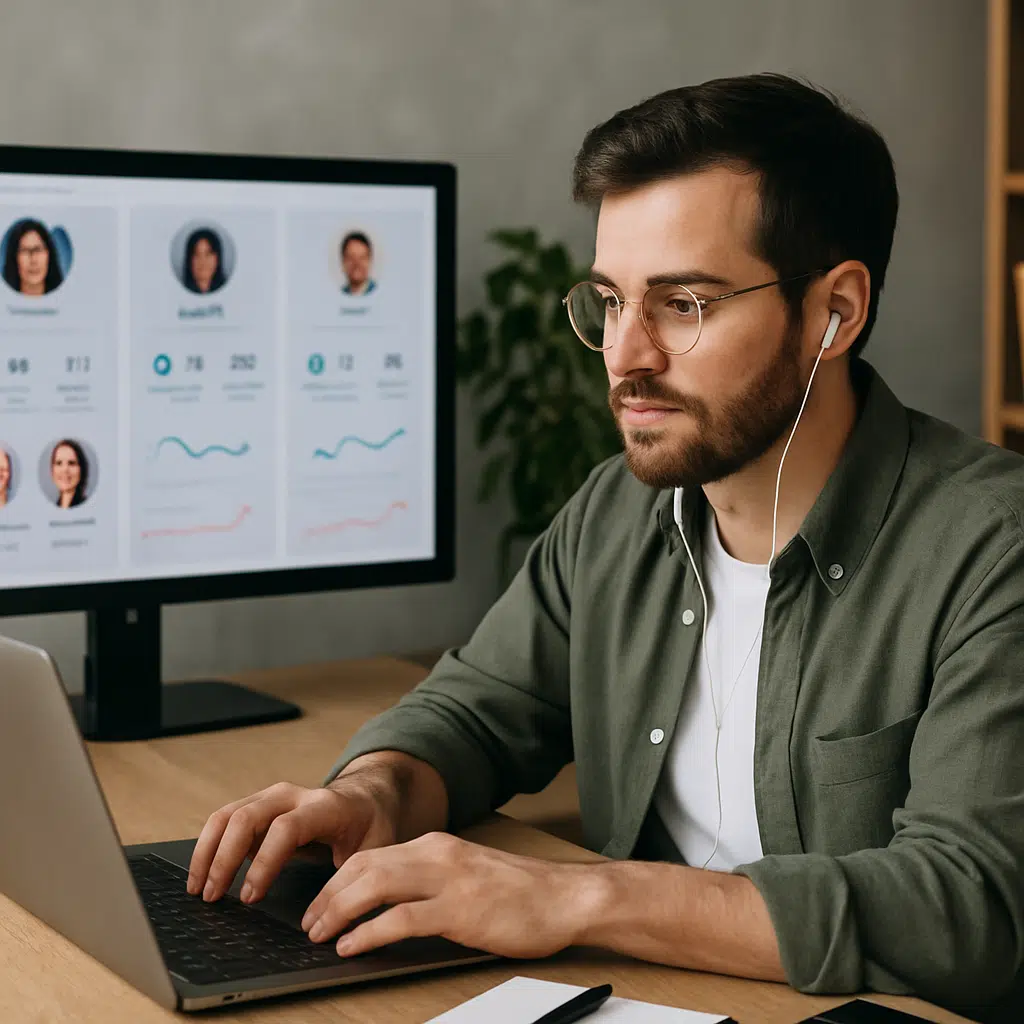In today’s dynamic digital landscape, leveraging social listening tools during pre-campaign creator vetting has become essential for marketing success. These tools help marketers identify the right influencers, align brand messaging, and mitigate potential risks. Understanding how to utilize these insights effectively can transform your campaign strategy and elevate your brand. Dive deeper to discover the nuances of social listening for successful campaigns.
Understanding Social Media Insights
Social listening tools are pivotal in aggregating and analyzing social media content, revealing audience sentiment and engagement levels. In 2024, a study by Social Media Examiner showed that businesses implementing these tools experienced a 27% increase in effective audience engagement. By understanding such insights, brands can choose creators who truly resonate with their target audience.
Identifying Influencers with the Right Audience
When leveraging social listening tools, a key focus is aligning with influencers whose audiences mirror your target demographic. According to a report by Influencer Marketing Hub in 2024, 63% of marketers found success with creators whose followers aligned closely with brand demographics. Tools such as Brandwatch and Hootsuite provide detailed audience analytics, helping brands select creators who can amplify their message effectively.
Assessing Content Relevance and Quality
Content quality and relevance play a crucial role in influencer selection. Social listening tools assess past campaigns and current content for alignment with brand values and messaging. For instance, NetBase Quid, a leading tool, offers content scoring metrics to evaluate creator output quality. In 2024, 78% of marketers using content scoring reported higher campaign success rates, highlighting its importance.
Evaluating Historical Performance
Analyzing a creator’s historical performance is essential for predicting future success. Social listening tools track key performance indicators such as reach, engagement, and impact. Recent data from HubSpot indicates that campaigns strategically aligned with historically high-performing creators yield a 35% increase in ROI. This step ensures a lower risk of investment and higher campaign efficiency.
Mitigating Risks with Sentiment Analysis
Sentiment analysis is a critical component of social listening, particularly in pre-campaign stages. This process identifies potential risks in creator association, such as past controversies or public backlash. In 2024, 44% of brands cited sentiment analysis as a key method for avoiding reputational damage according to a report from Forrester. By scrutinizing past audience reactions, brands can make informed choices.
Leveraging Data for Improved Collaborations
Successful campaigns are built on strong collaborations. Social listening data facilitates better communication and strategy alignment between brands and creators. A 2024 case study by Sprout Social revealed that companies using these insights saw a 53% improvement in collaboration outcomes, emphasizing the importance of data-driven partnerships to boost campaign efficacy.
In conclusion, effectively using social listening tools for pre-campaign creator vetting can revolutionize marketing strategy, enhance audience engagement, and ensure campaign success. By carefully analyzing insights, brands can tailor their approach to select the most suitable influencers and optimize collaboration outcomes.
FAQs
-
What are social listening tools?
Social listening tools are platforms that monitor and analyze social media conversations, providing insights into brand mentions, audience sentiment, and engagement trends.
-
How do social listening tools impact influencer marketing?
These tools help identify the right influencers by analyzing audience alignment, content quality, historical performance, and sentiment to make data-driven marketing decisions.
-
What benefits do brands gain from using social listening data?
Brands can better match with creators who align with their demographics, enhance campaign ROI, and avert potential PR crises by understanding audience sentiment and historical impacts.
-
Can sentiment analysis prevent reputational damage?
Yes, sentiment analysis identifies potential negative associations with creators, helping brands avoid collaborations that might lead to reputational damage.
